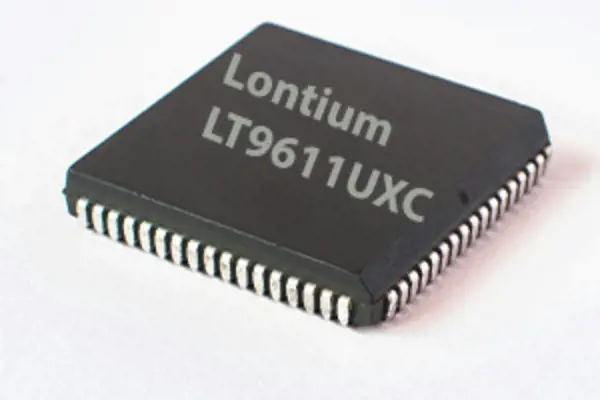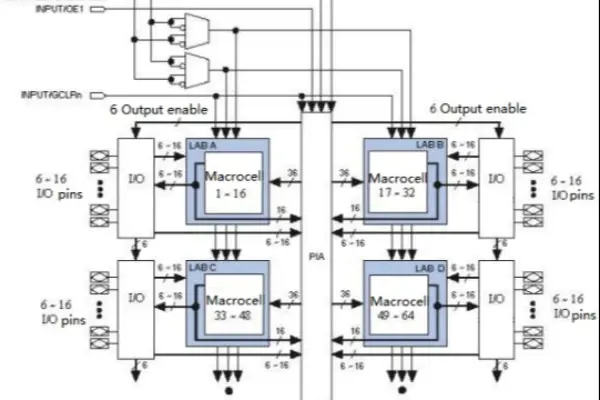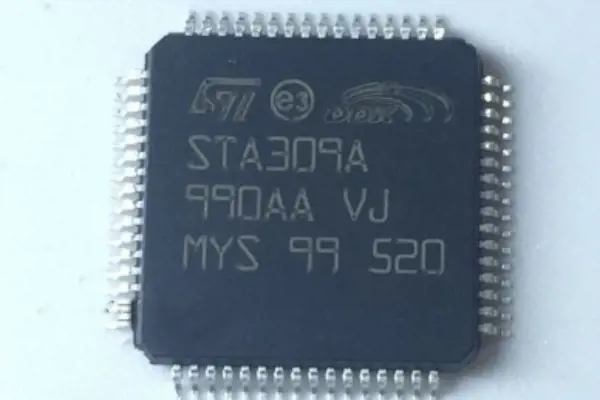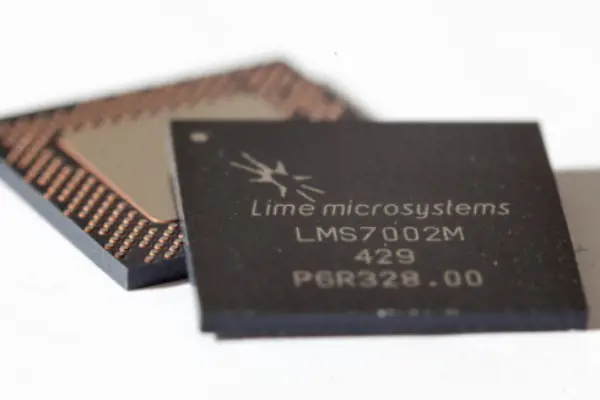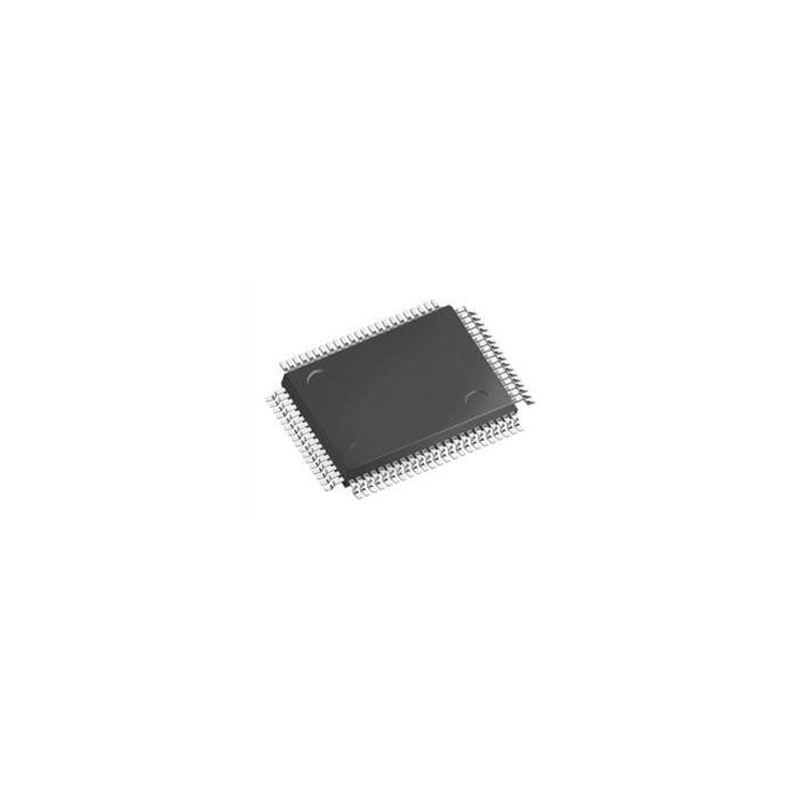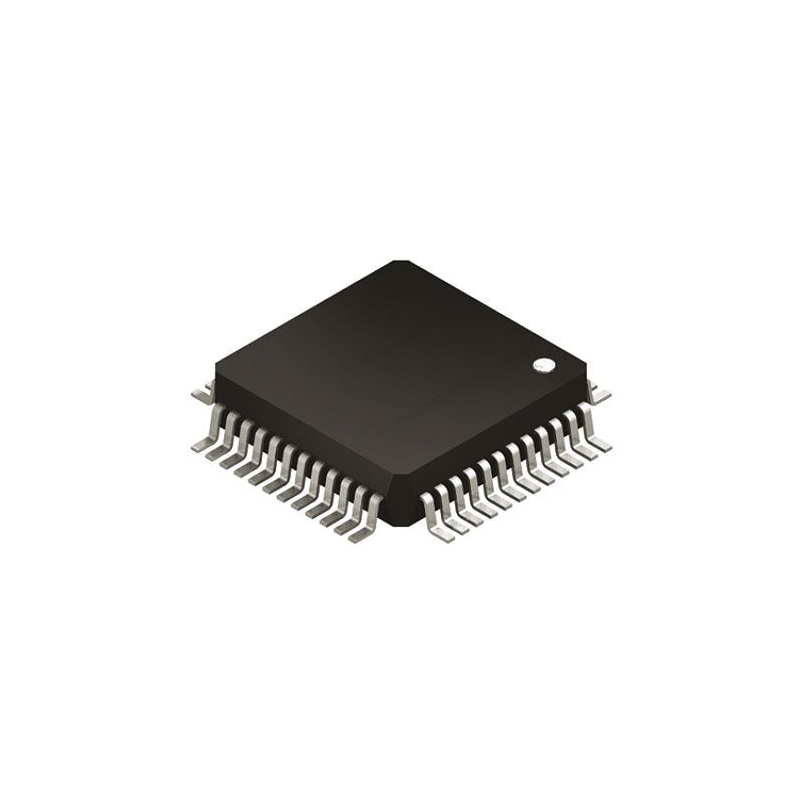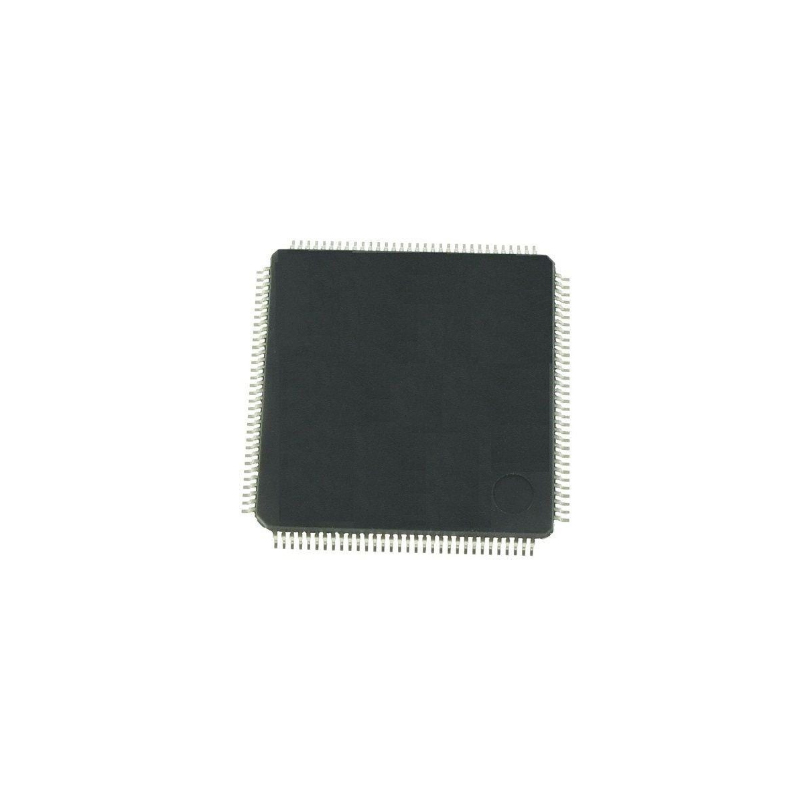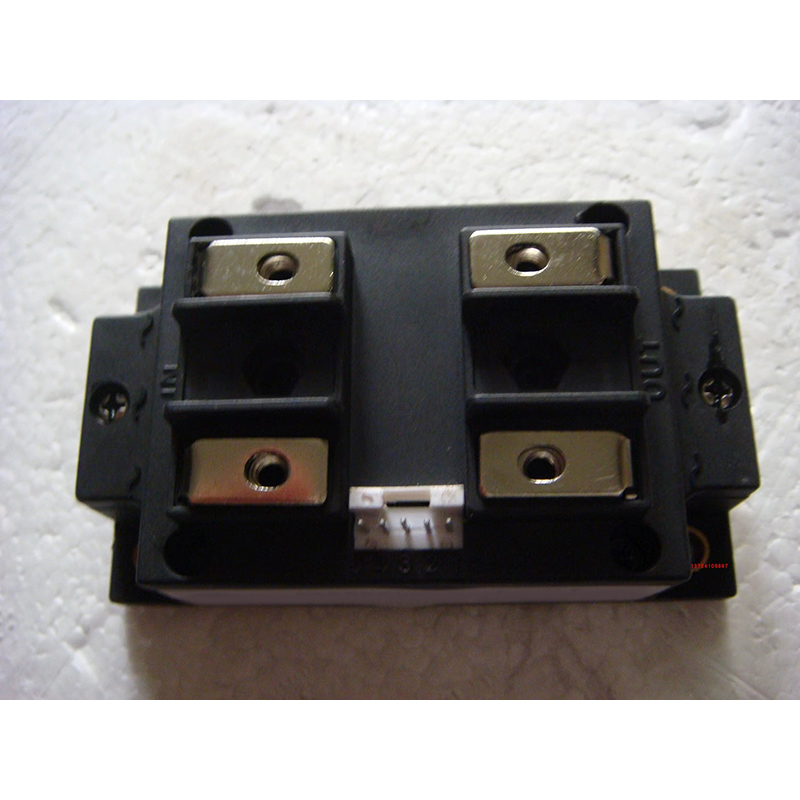Nuvoton NCT6791D: Datasheet, Features and Applications
 Published: Oct 09, 2023
Published: Oct 09, 2023
Contents
In the world of integrated circuits and system management, the Nuvoton NCT6791D is a remarkable chip that plays a pivotal role in ensuring the reliable and efficient operation of computers and electronic devices.
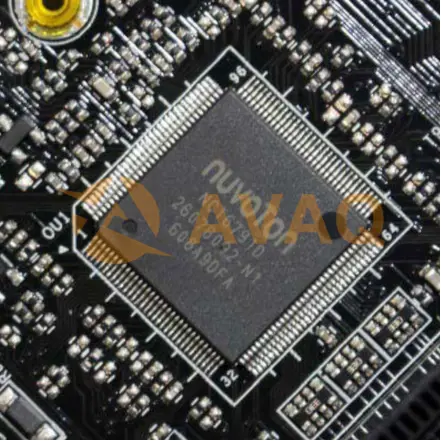
From temperature and voltage monitoring to fan control and system interactivity, the Nuvoton NCT6791D is a critical component in modern computer motherboards. In this article, we will delve into the Datasheet, Features, and Applications of the Nuvoton NCT6791D, shedding light on its capabilities and how it contributes to the seamless functioning of electronic systems.
What is Nuvoton NCT6791D
The Nuvoton NCT6791D is a hardware monitoring integrated circuit (IC) or chip commonly used on computer motherboards. It is part of Nuvoton's Super I/O (Input/Output) family of chips, which are responsible for various functions on a motherboard, including monitoring and controlling hardware components such as temperature sensors, fan speeds, voltage levels, and more.
Key features of the Nuvoton NCT6791D typically include:
- Temperature Monitoring: It can monitor the temperature of various components on the motherboard, including the CPU, GPU, and motherboard itself. This helps users and system administrators keep track of temperature levels and prevent overheating.
- Fan Speed Control: The NCT6791D can control the speed of fans connected to the motherboard. This is important for regulating the cooling of the system and adjusting fan speeds based on temperature.
- Voltage Monitoring: It can monitor the voltage levels supplied to different components, ensuring that they are within safe and operational ranges.
- Power Management: Some Super I/O chips, including the NCT6791D, may also have power management features, allowing them to control the power states of certain components to save energy and improve efficiency.
- GPIO (General-Purpose Input/Output) Pins: These chips often come with GPIO pins that can be used for various purposes, such as connecting LEDs, switches, or other peripherals.
- SMBus or I2C Interface: Super I/O chips typically communicate with the motherboard's system management bus (SMBus) or I2C interface to interact with the system's BIOS and provide monitoring and control functions.
Nuvoton NCT6791D Block Diagram
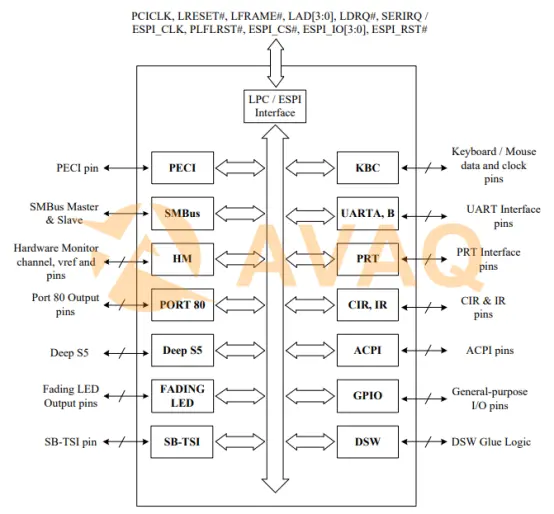
Nuvoton NCT6791D Pinout

Pin descriptions
| Pin Name | Description
|-----------|------------------------------------------------------------|
| AOUT | Analog output pin
| AIN | Analog input pin
| INtp318 | 3.3V/1.8V TTL-level input pin
| INsp318 | 3.3V/1.8V TTL-level, Schmitt-trigger input pin
| INtp3 | 3.3V TTL-level input pin
| INsp3 | 3.3V TTL-level, Schmitt-trigger input pin
| INgp3 | 3.3V GTL-level input pin
| INtp5 | 5V TTL-level input pin
| INtcup5 | 5V TTL-level, input buffer with controllable pull-up
| INtscup5 | 5V TTL-level, Schmitt-trigger, input buffer with controllable pull-up
| INtsp5 | 5V TTL-level, Schmitt-trigger input pin
| INtdp5 | 5V TTL-level input pin with internal pull-down resistor
| O8 | Output pin with 8-mA source-sink capability
| OD8 | Open-drain output pin with 8-mA sink capability
| O12 | Output pin with 12-mA source-sink capability
| OD12 | Open-drain output pin with 12-mA sink capability
| O16 | Output pin with 16-mA source-sink capability
| OD16 | Open-drain output pin with 16-mA sink capability
| O24 | Output pin with 24-mA source-sink capability
| OD24 | Open-drain output pin with 24-mA sink capability
| O48 | Output pin with 48-mA source-sink capability
| OD48 | Open-drain output pin with 48-mA sink capability
| I/Ov3 | Bi-directional pin with source capability of 6 mA and sink capability of 1 mA
| I/Ov4 | Bi-directional pin with source capability of 6 mA
| O12cu | Output pin 12-mA source-sink capability with controllable pull-up
| OD12cu | Open-drain 12-mA sink capability output pin with controllable pull-up
| OX8 | Output pin with 8-mA source-sink capability and output voltage high level dependent on PAD_VDD
| ODX8 | Open-drain output pin with 8-mA sink capability and output voltage high level dependent on PAD_VDD
Nuvoton NCT6791D Datasheet
Free Download NCT6791D datasheet PDF here>>
NCT6791D Manufacturer: Nuvoton
The NCT6791D is manufactured by Nuvoton Technology Corporation. Nuvoton is a company that specializes in the design and manufacturing of various semiconductor products, including microcontrollers, microprocessors, and Super I/O chips like the NCT6791D. These Super I/O chips are commonly used on computer motherboards to provide hardware monitoring and control functions, as previously discussed. Nuvoton is known for its contributions to the embedded systems and PC industry, offering a range of solutions for different applications.
Nuvoton NCT6791D Applications
The Nuvoton NCT6791D is a hardware monitoring integrated circuit (IC) or Super I/O chip commonly used on computer motherboards. Its primary purpose is to monitor and control various hardware components on the motherboard to ensure the system's stability and safety. Here are some of the typical applications and functions of the Nuvoton NCT6791D:
#1 Temperature Monitoring: The NCT6791D can monitor the temperatures of critical components in the computer, including the CPU, GPU, motherboard, and hard drives. This data is often made available to users through software applications or the BIOS, allowing them to keep an eye on temperature levels and take action if necessary to prevent overheating.
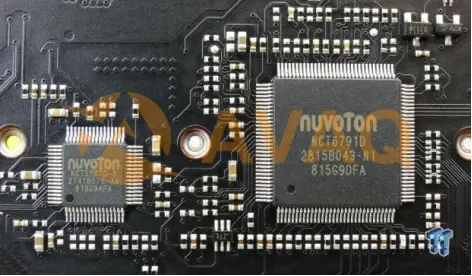
#2 Fan Speed Control: This chip can control the speed of cooling fans connected to the motherboard. It adjusts fan speeds based on temperature readings to maintain optimal cooling while minimizing noise. Fan speed control helps keep the system running at safe temperatures and can also reduce power consumption when cooling demands are lower.
#3 Voltage Monitoring: The NCT6791D monitors voltage levels supplied to different components, such as the CPU, RAM, and motherboard. If voltage levels fall out of spec, it can trigger warnings or adjustments to ensure stable system operation.
#4 Power Management: Some Super I/O chips, including the NCT6791D, offer power management features. They can control the power states of certain components to save energy when the system is idle or under light load.
#5 System Health Reporting: The chip provides data on the overall health and status of the system. This information is often displayed in the system BIOS setup utility and can also be accessed through software utilities provided by motherboard manufacturers.
#6 GPIO Control: General-Purpose Input/Output (GPIO) pins on the NCT6791D allow it to interface with various external devices or components. Motherboard manufacturers may use these pins for custom applications, such as connecting status LEDs or controlling external devices.
#7 SMBus/I2C Communication: The NCT6791D communicates with the system's SMBus (System Management Bus) or I2C (Inter-Integrated Circuit) bus to interact with the motherboard's BIOS and provide monitoring and control functions. This enables communication between the chip and the motherboard's central processing unit.
#8 Hardware Monitoring Alerts: The chip can generate hardware monitoring alerts if it detects out-of-spec conditions, such as high temperatures or fan failures. These alerts can trigger warnings in software applications and may also be logged in system event logs.
Nuvoton NCT6791D Advantages and Disadvantages
Advantages:
- Hardware Monitoring: The NCT6791D provides comprehensive hardware monitoring capabilities, including temperature monitoring, fan speed control, and voltage monitoring. This is crucial for ensuring the stability and safety of a computer system.
- Compatibility: It is designed for use with a wide range of motherboards and is compatible with various processor architectures and platforms.
- Customization: Motherboard manufacturers can often customize the behavior of the NCT6791D to meet the specific requirements of their products, allowing for flexibility in design.
- Reliability: Nuvoton is a reputable semiconductor manufacturer, and their Super I/O chips are generally known for their reliability and performance.
- Support: Nuvoton typically provides documentation, software utilities, and technical support for their Super I/O chips, making it easier for motherboard manufacturers and system integrators to implement and troubleshoot.
Disadvantages:
- Limited Functionality: While the NCT6791D offers a wide range of monitoring and control functions, it may not support some advanced features or capabilities found in more specialized chips or in newer Super I/O models.
- Legacy Support: Depending on the use case, it may be considered somewhat outdated, as newer Super I/O chips with enhanced features and capabilities may be available.
- Interface Limitations: The interfaces with the motherboard through standard protocols like SMBus or I2C. While these interfaces are common, they may have limitations in terms of data transfer speed compared to more modern interfaces.
- Not Suitable for All Applications: In some cases, particularly in specialized or high-performance computing applications, it may not meet all the requirements, and more advanced monitoring and control solutions may be necessary.
- Power Consumption: Super I/O chips like the NCT6791D, when actively monitoring and controlling hardware components, can consume some power. In energy-conscious applications, this power consumption may be a concern.
- Availability: Over time, older Super I/O chips may become less available as semiconductor manufacturers phase them out in favor of newer models.
Final Thoughts
In conclusion, the Nuvoton NCT6791D Super I/O controller is an unsung hero in the world of system management, ensuring the smooth and efficient operation of computers and electronic devices. Its feature-rich design, extensive compatibility, and versatile applications make it an essential component on countless motherboards and electronic systems worldwide.
 FAQ
FAQ
- Are there alternatives to the NCT6791D for hardware monitoring and fan control?
- Yes, there are alternative hardware monitoring and fan control chips from different manufacturers, including ITE, Maxim Integrated, and Analog Devices. The choice of chip depends on the motherboard manufacturer's preferences and requirements.
- Can users interact with the NCT6791D?
- Users can interact with the NCT6791D indirectly through motherboard BIOS/UEFI settings or third-party software provided by the motherboard manufacturer. These interfaces allow users to configure temperature thresholds, fan speed profiles, and receive alerts.
- Why is the NCT6791D important in a computer system?
- The NCT6791D plays a crucial role in maintaining the health and stability of a computer system. It ensures that temperatures remain within safe limits, prevents overheating, and helps optimize fan performance to balance cooling and noise levels.
NCT6791D In Stock: 5294
 Popular Industry Focus
Popular Industry Focus
Hot Products
-
![M483KGCAE]()
M483KGCAE
Nuvoton Technology Corporation
M4, 256 KB Flash / 128 KB RAM, XOM, USB, Triple CA
-
![W681310SG]()
W681310SG
Nuvoton Technology Corporation
Voiceband Audio Codec 1ADC / 1DAC Ch 20-Pin SOG
-
![ISD1416PI]()
ISD1416PI
Nuvoton Technology Corporation
Voice Record/Playback IC Multiple Message 16 Sec Pushbutton 28-PDIP
-
![N32905U1DN]()
N32905U1DN
Nuvoton Technology Corporation
RISC Microcontroller,
-
![NUC120LC1BN]()
NUC120LC1BN
Nuvoton Technology Corporation
MCU 32-bit ARM Cortex M0 32KB Flash 3.3V/5V 48-Pin LQFP
-
![NPCE885PA0DX]()
NPCE885PA0DX
NUVOTON
Related Parts
-
![ELANSC520-133AD]()
ELANSC520-133AD
Amd
RISC Microprocessor, 32-Bit, 133MHz, CMOS, PBGA388
-
![NHPXA270C5C312]()
NHPXA270C5C312
MARVELL SEMICONDUCTOR INC
RISC Microprocessor, 32-Bit, 312MHz, CMOS, PBGA360, 23 X 23 MM, 2.4 MM PITCH, PLASTIC, LEAD FREE, BGA-360
-
![TLK2701]()
TLK2701
TI
The TLK2701 is a member of the transceiver family of multigigabit transceivers, intended for use in ultrahigh-speed bidirectional point-to-point data
-
![ALC889-GR]()
ALC889-GR
REALTEK SEMICONDUCTOR CORP
OEMs, CMs ONLY (NO BROKERS)
-
![SE2431L]()
SE2431L
SKYWORKS SOLUTIONS INC
RF and Baseband Circuit, QFN-24
-
![IPJ-R2000]()
IPJ-R2000
IMPINJ
NFC/RFID Read/Write 840MHz to 960MHz 64-Pin QFN EP
-
![A1240XL-PG132C]()
A1240XL-PG132C
ACTEL
FPGA 1200XL Family 4K Gates 336 Cells 160MHz 0.6um Technology 5V 132-Pin CPGA
-
![BCM7015KPB]()
BCM7015KPB
BROADCOM
-
![M6E-MICRO]()
M6E-MICRO
ThingMagic, a JADAK brand
Multiprotocol Modules Micro LTE - Embed
-
![WRL-13678]()
WRL-13678
SparkFun Electronics
WiFi 802.11b/g/n Transceiver Module 2.4GHz ~ 2.48GHz Integrated, Trace Through Hole
-
![WT41U-E-AI56]()
WT41U-E-AI56
Silicon Labs
Bluetooth Bluetooth v2.1 +EDR Transceiver Module 2.4GHz Antenna Not Included, U.FL Surface Mount
-
![BGM113A256V21]()
BGM113A256V21
Silicon Labs
Bluetooth Bluetooth v4.2 Transceiver Module 2.4GHz ~ 2.484GHz Integrated, Chip Surface Mount
-
![WT41-E-AI5]()
WT41-E-AI5
Silicon Labs
Bluetooth Modules - 802.15.1 WT41 Class1 Lng Rnge w/Chip Ant iWRAP 5.0
-
![LBEH5UL1CX-887]()
LBEH5UL1CX-887
Murata Electronics
WLAN+BT Module 2400MHz/5000MHz LGA Module
-
![MTXDOT-EU1-A00-1]()
MTXDOT-EU1-A00-1
Multi-Tech Systems Inc.
General ISM < 1GHz LoRa® Transceiver Module 868MHz Surface Mount

 Update Time: Oct 11, 2023 Consumer Electronics
Update Time: Oct 11, 2023 Consumer Electronics